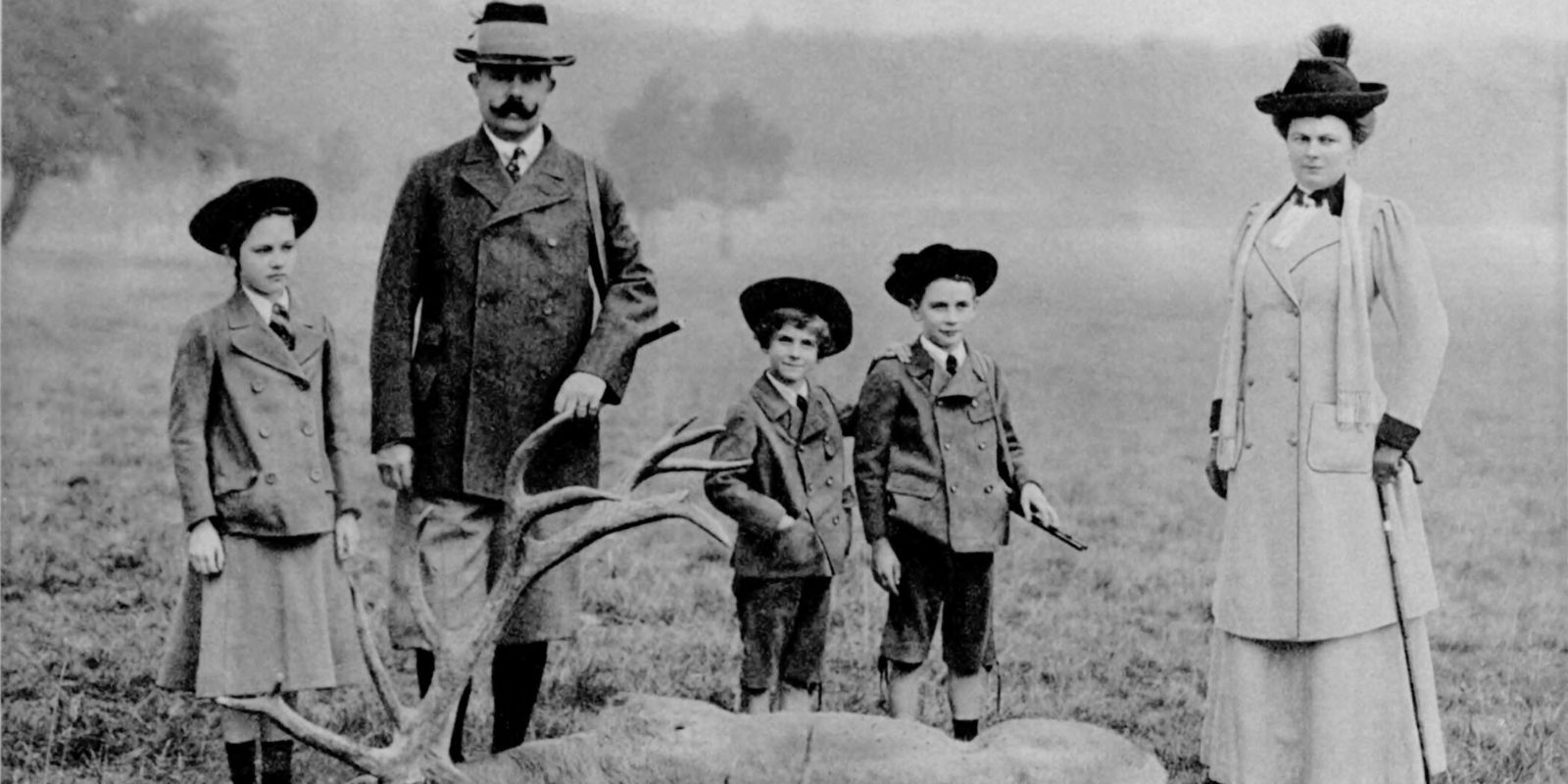What Happened On October 25th?
The End Of Constantinople (1453)
On this fateful day in 1453, the once-mighty Byzantine Empire suffered a devastating blow as Constantinople, its capital, fell to the Ottoman Empire. The siege of Constantinople had lasted for months, with the Ottomans, led by Sultan Mehmed II, relentlessly bombarding the city’s defenses. The fall of Constantinople marked the end of the Byzantine Empire and a significant shift in power dynamics in the region.
The consequences of this event were far-reaching. Constantinople had been a center of culture, trade, and religion for centuries, and its fall marked the end of the Middle Ages in Europe. The dispersion of Greek scholars and intellectuals who fled the city played a crucial role in sparking the Renaissance in Western Europe. Additionally, the Ottoman Empire’s control over Constantinople established their dominance in the region, shaping the course of history for centuries to come.
The Cuban Missile Crisis (1962)
October 25th, 1962 demonstrated a critical turning point during the height of the Cold War. The world held its breath as the United States and the Soviet Union teetered on the brink of nuclear war during the Cuban Missile Crisis. It was on this day that President John F. Kennedy received the crucial intelligence that revealed Soviet nuclear missiles were being installed in Cuba, just 90 miles from the American mainland.
Kennedy’s subsequent actions and the tense negotiations that followed allowed for a peaceful resolution. The crisis demonstrated the fragility of the global political landscape and the catastrophic consequences that could arise from nuclear conflict. It also served as a wake-up call for both superpowers, leading to the establishment of channels for direct communication and a commitment to arms control measures, ultimately reducing the risk of nuclear war.
Space Shuttle Columbia Disaster (1999)
October 25th, 1999 brought tragedy to the world of space exploration with the loss of the Space Shuttle Columbia. During re-entry, a catastrophic failure in the shuttle’s thermal protection system caused the disintegration of the spacecraft, resulting in the death of all seven crew members. The disaster sent shockwaves through NASA and the international space community.
This devastating event led to a reevaluation of safety protocols and procedures within NASA. It highlighted the inherent risks of space travel and the importance of constant vigilance in engineering and maintenance. The loss of the Columbia crew reminded the world of the dangers involved in exploring the unknown and the sacrifices made by those at the forefront of scientific discovery.





